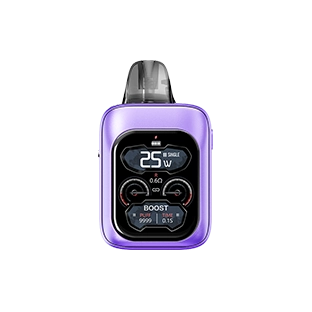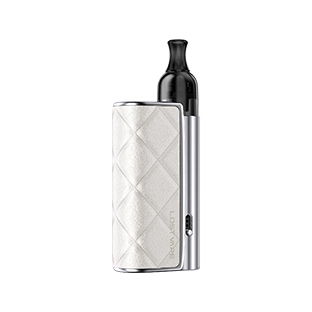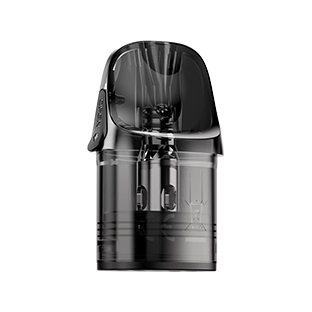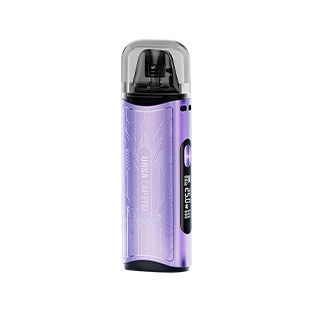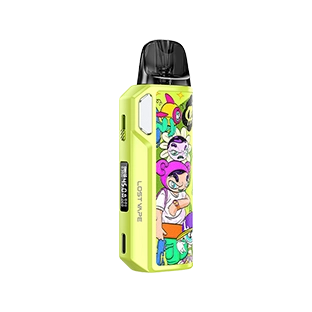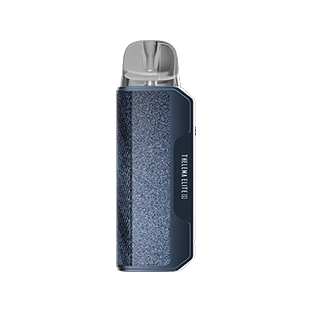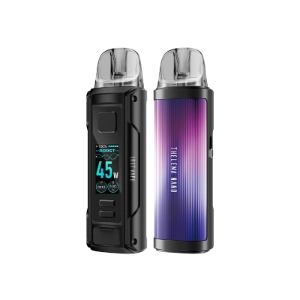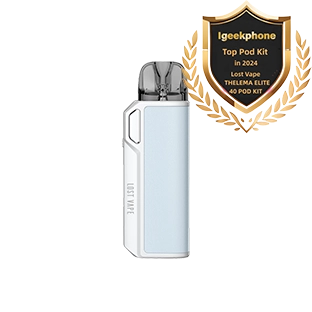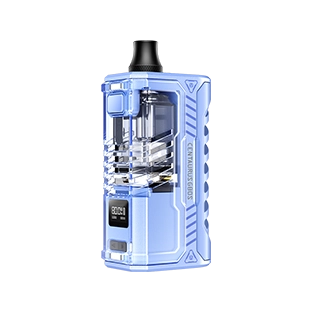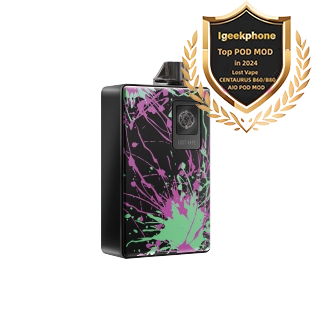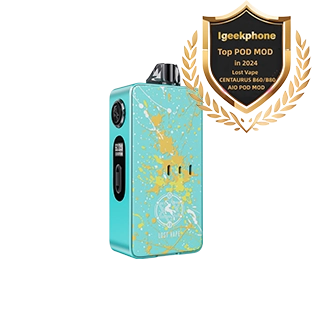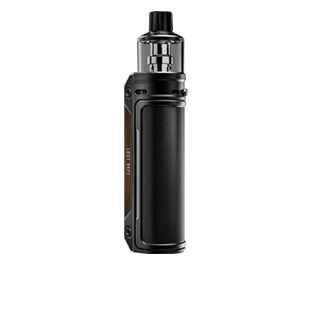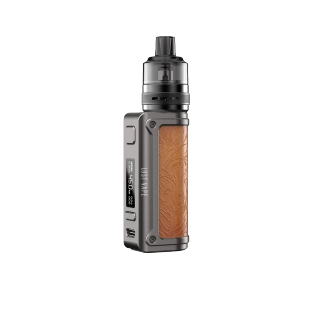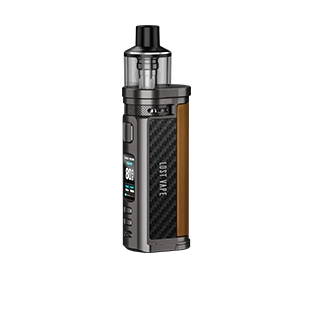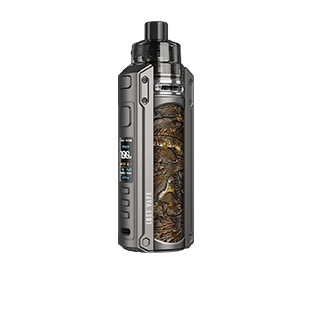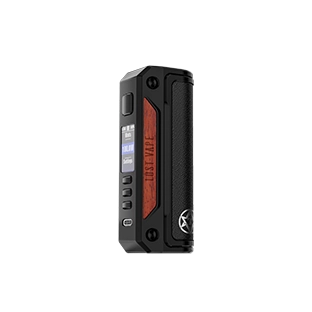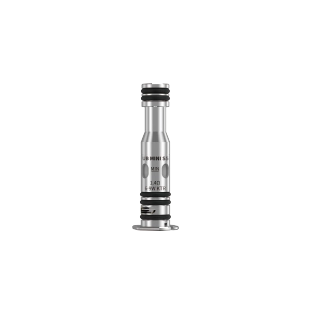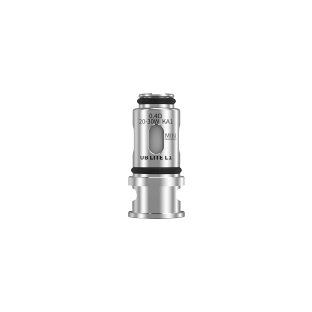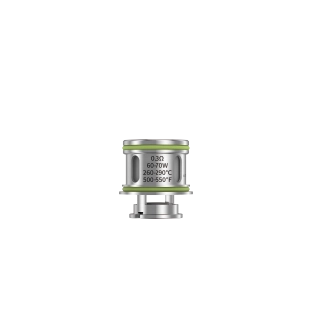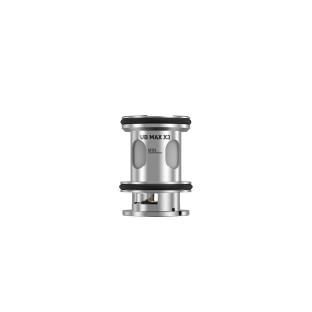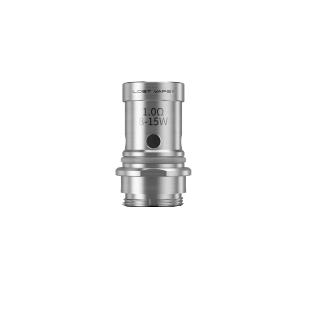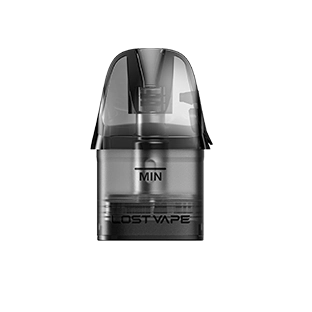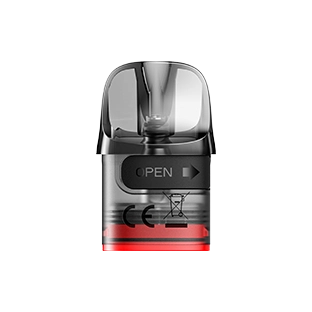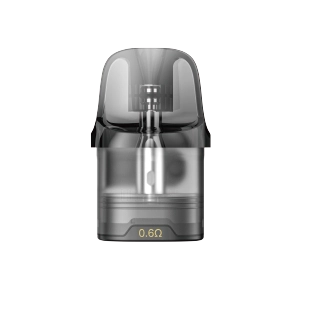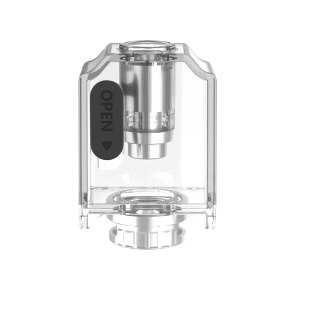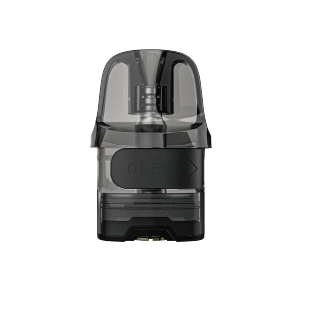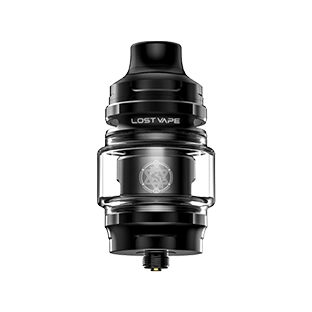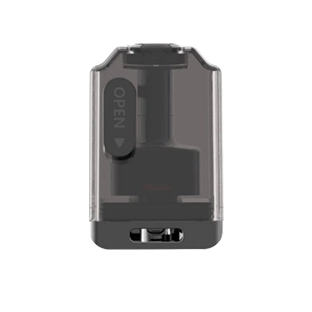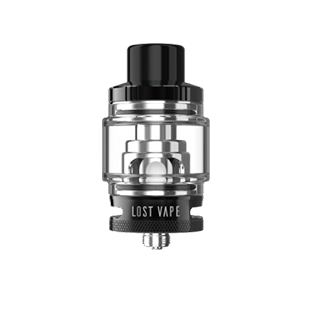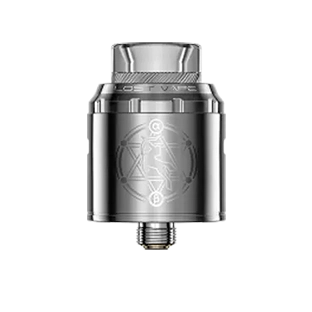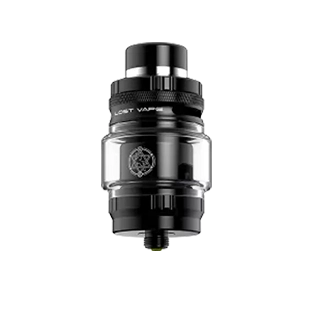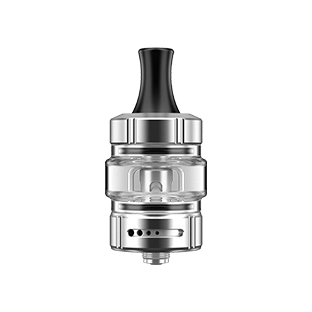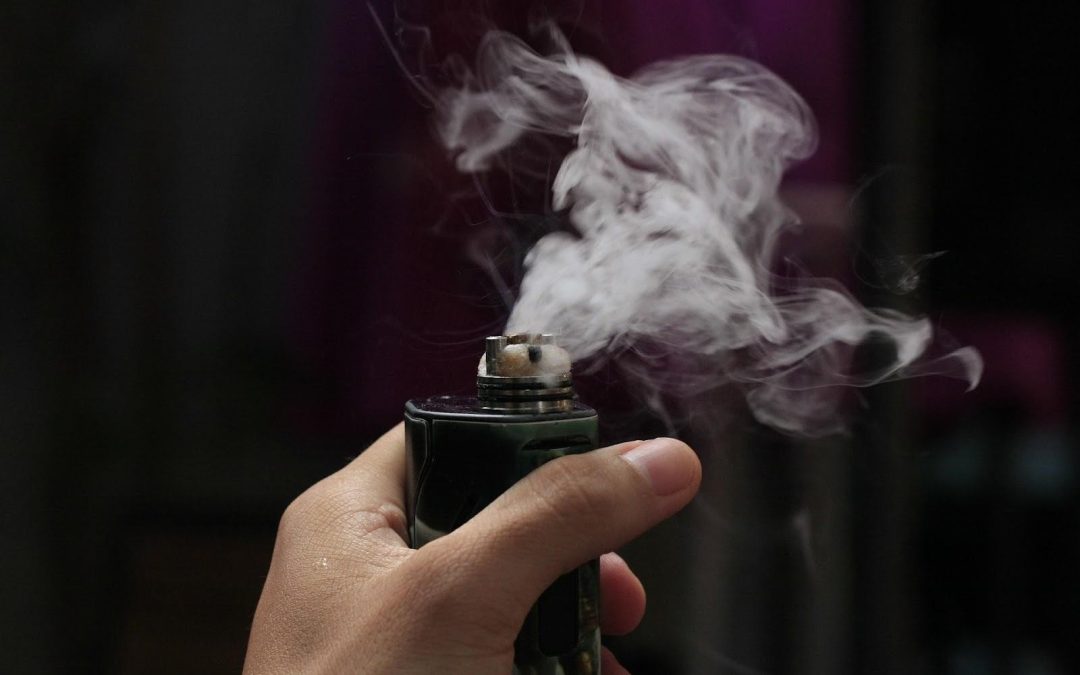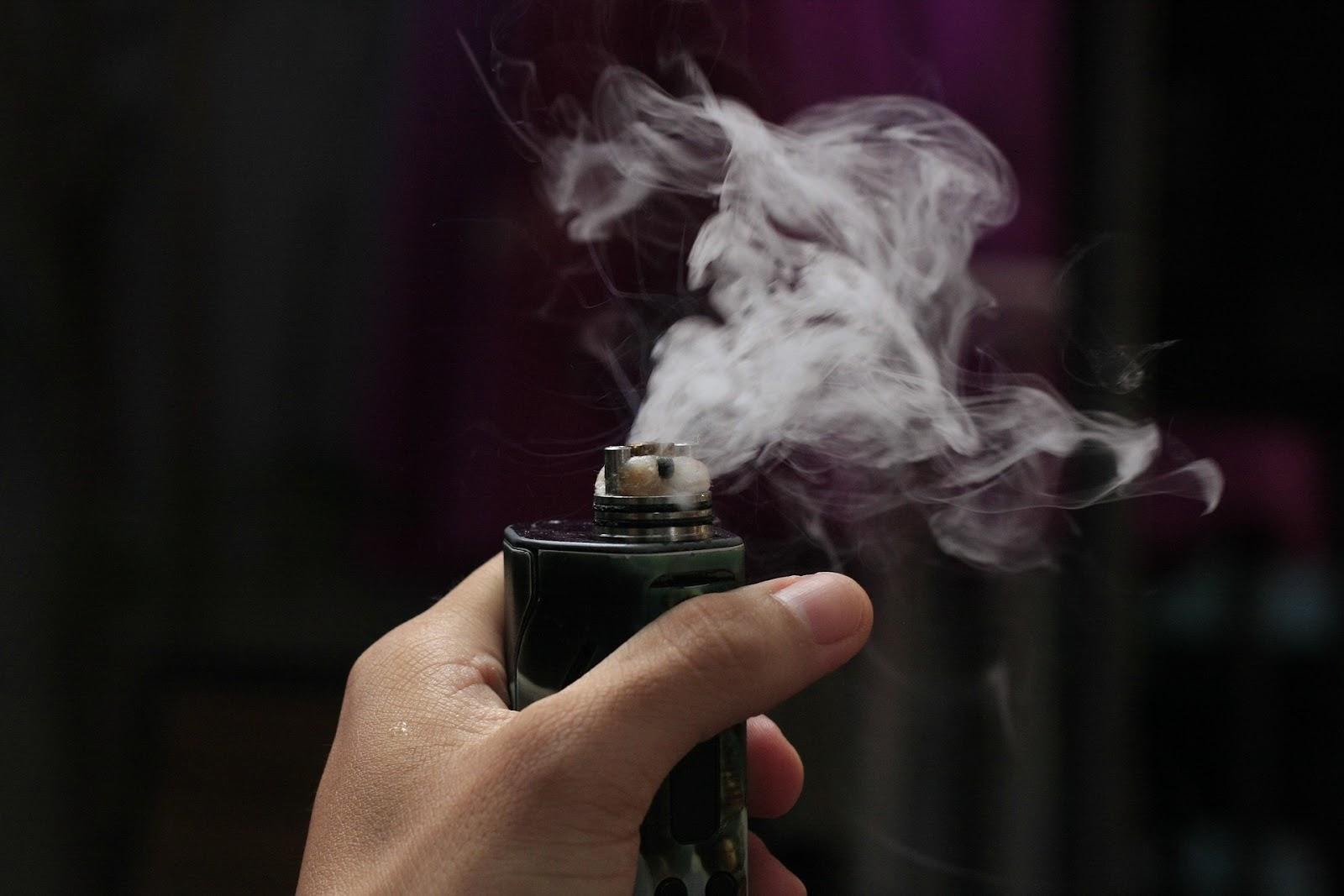
May 29, 2025 / Blog / By administrator
What are the health hazards of a low-quality vape Cartridge?
A vape cartridge is an integral component of vape kits, providing smokers with a “safer” alternative to combustible tobacco. Some inferior or counterfeit vape cartridge on the market often cut corners in materials, manufacturing, and quality assurance, posing a range of health hazards to consumers. From heavy metal leaching to microbial contamination, these inferior products may expose users to a variety of toxic chemicals and particulate matter. Whether you are an experienced vape user or a novice, we aim to minimize these risks, make safer choices, and advocate for the vape industry to improve its manufacturing standards.
Heavy Metal Leaching and Toxic Exposure from Vape Cartridge
One of the most concerning health hazards posed by inferior vape cartridges is the leaching of heavy metals into the inhaled aerosol. These inferior vape cartridge often use cheap alloys and poor welding, which release trace amounts of nickel, chromium, lead, and cadmium when the vape device heats the liquid. These metals may accumulate in the respiratory tract and lung tissue, leading to chronic inflammation, lung fibrosis, and an increased risk of cancer over time. A 2019 study published in the journal Environmental Health Perspectives analyzed aerosols from several unregulated vape cartridges and found lead concentrations 50 times higher than the FDA allows in drinking water.
When vape users inhale this contaminated vapor, they unknowingly expose their respiratory systems to carcinogens and neurotoxins, which can lead to long-term cardiovascular and neurological complications. To reduce these risks, consumers should choose vape cartridges made of medical-grade stainless steel or ceramics with transparent material sources and third-party lab testing.

Chemical contaminants from inadequate materials in the vape cartridge
In addition to heavy metals, inferior vape cartridges can introduce harmful chemical contaminants that stem from substandard plastics, adhesives, and lubricants. Many off-brand vape cartridges utilize polystyrene or polycarbonate foams in their wicks or employ silicone-based sealants that lack heat resistance. When heated, these materials release VOCs such as benzene, toluene, and styrene.
In addition, inadequate curing or incomplete removal of manufacturing residues can leave isopropyl alcohol, acetone, or residual monomers for users to inhale. Animal studies have shown that long-term inhalation of VOC-rich aerosols can cause asthma, cognitive impairment, and liver toxicity. In contrast, high-quality vape cartridges use PEEK or PPSU components to ensure that only the intended e-liquid components reach the lungs.
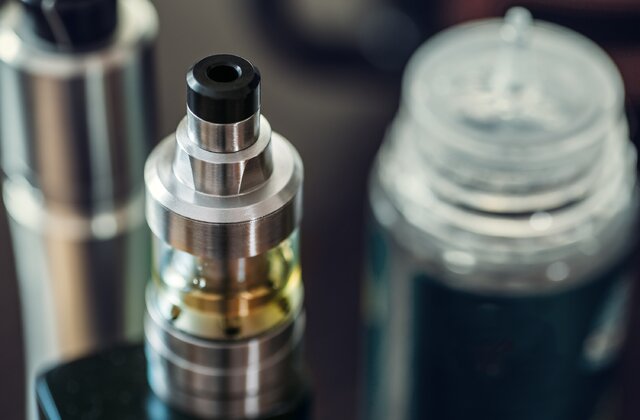
Adding plasticizers, flavorings, and decomposition byproducts
Flavor diversity is one reason vape kits are popular, but poor-quality vape cartridges often rely on unapproved or poorly regulated flavorings and plasticizers that break down at high temperatures. Common ones include diacetyl and phthalates, which are used as solvents. These chemicals break down into acetaldehyde, formaldehyde, and acrolein when heated, each of which has been linked to increased oxidative stress, respiratory damage, and carcinogenic effects. A 2020 FDA report detected diacetyl in more than 50% of flavored cartridges produced by unverified manufacturers. Frequent inhalation of these byproducts can lead to persistent coughing, wheezing, and a significant decrease in lung function.
Bacterial and fungal contamination risk
Poor-quality vape cartridges, which are often manufactured under non-sterile production conditions, are susceptible to bacterial and fungal contamination, particularly when the device is refilled or stored improperly. Contaminants such as Pseudomonas aeruginosa or Aspergillus fumigatus can colonize the wick or orifice and release endotoxins and mycotoxins when atomized. When the user inhales these microbial byproducts, they increase the risk of opportunistic infections, allergic reactions, and acute respiratory distress, especially in immunocompromised people. A series of hospital cases in 2018 linked contaminated refillable vape cartridges to three patients with life-threatening pneumonia. Well-made e-cigarette cartridges, such as the E Plus Cartridge, use gamma-irradiated or autoclaved components to prevent microbial ingress.
Prone to device failure and thermal runaway hazards
A poorly designed vape cartridge can cause device-level failures, such as short circuits, coil hot spots, and thermal runaway. Poor internal wiring, loose connections, or faulty overheat protection devices can all cause e-cigarette cartridges to overheat—a situation that not only breaks down the e-liquid into harmful decomposition products but also creates direct burn and fire risks. High-resistance or uncalibrated coils may require excessive power to vaporize the e-liquid, causing the e-cigarette cartridge housing to exceed safe limits and resulting in undue pressure on the host battery. Users have reported that cheap e-cigarette cartridges fail to trigger the host’s safety circuit, resulting in burns and explosions.
Prioritize Quality and Health Safety
The use of inferior vape cartridge poses serious health hazards, including toxic metal exposure, chemical gas release, microbial contamination, and device failure. Each risk underscores the importance of adhering to strict manufacturing standards, providing transparent ingredient disclosure, and maintaining strong regulatory compliance. As e-cigarette manufacturers, it is imperative to use laboratory-tested e-cigarette cartridges made of medical-grade materials and with reliable quality certifications to move towards more reliable vape cartridge.

